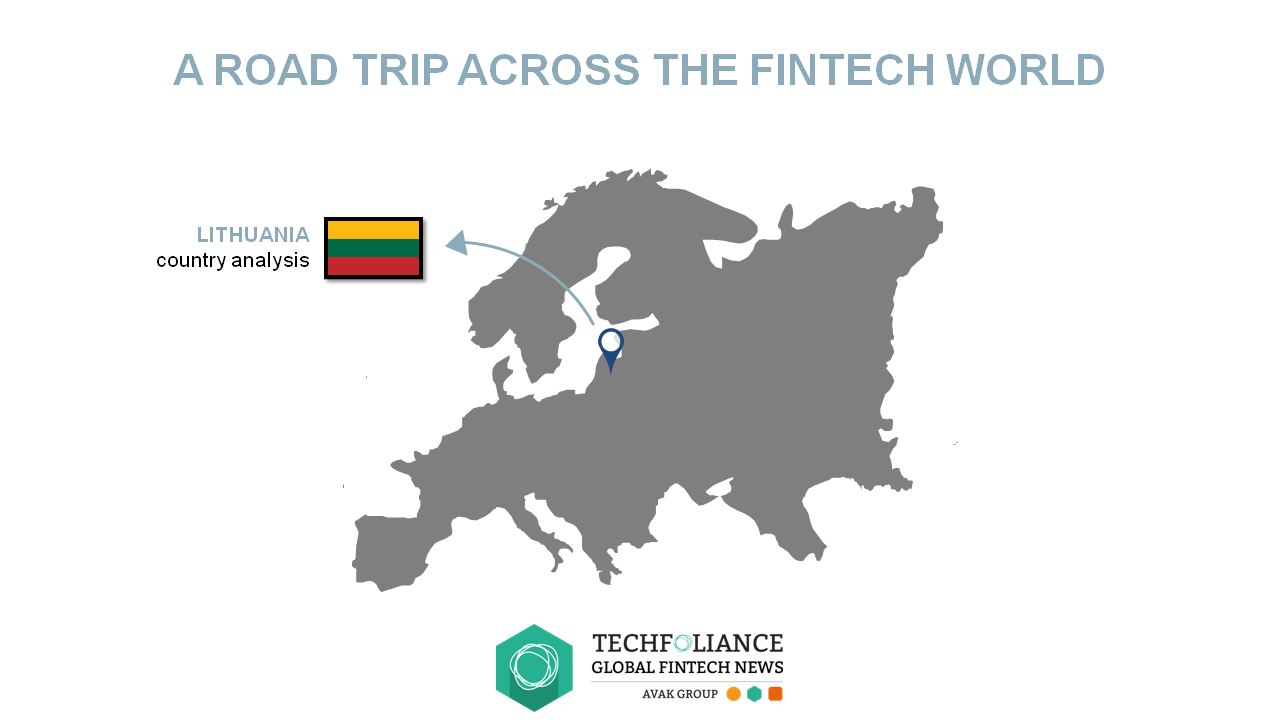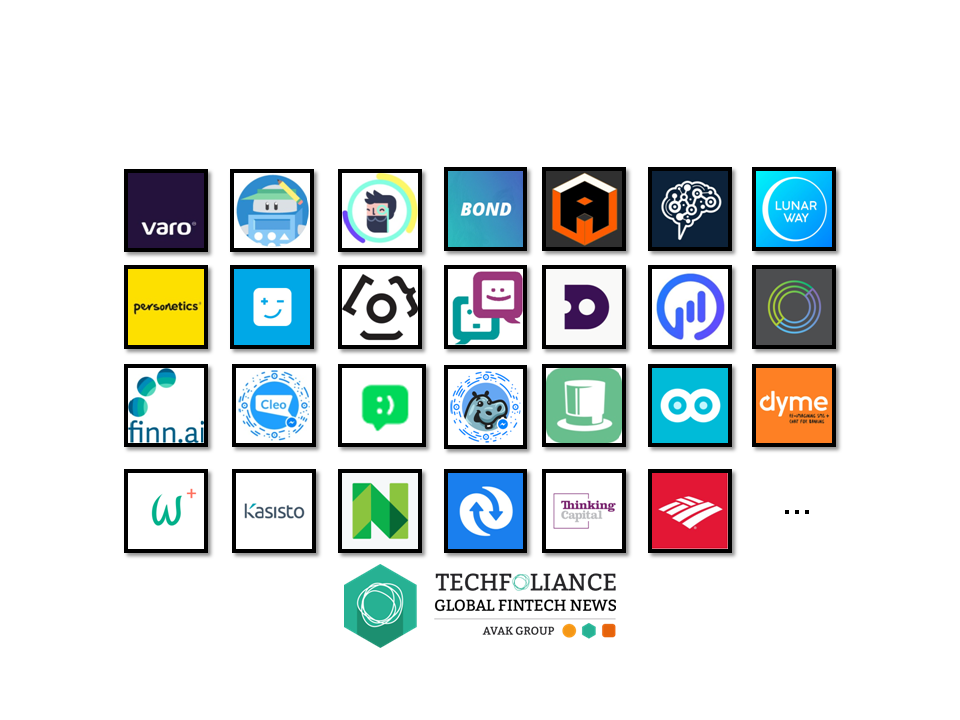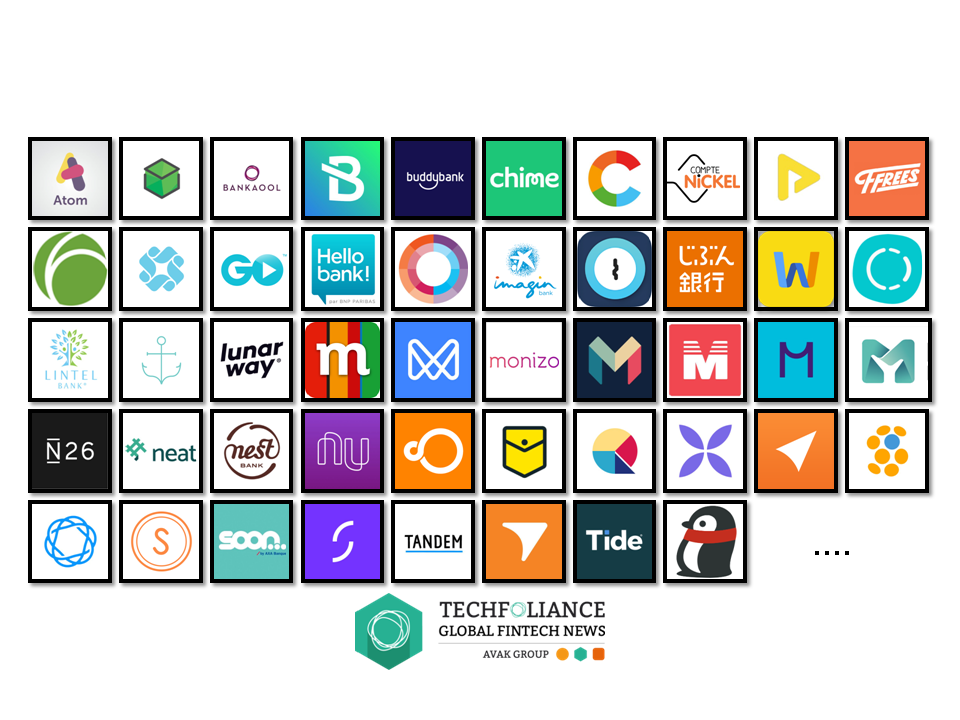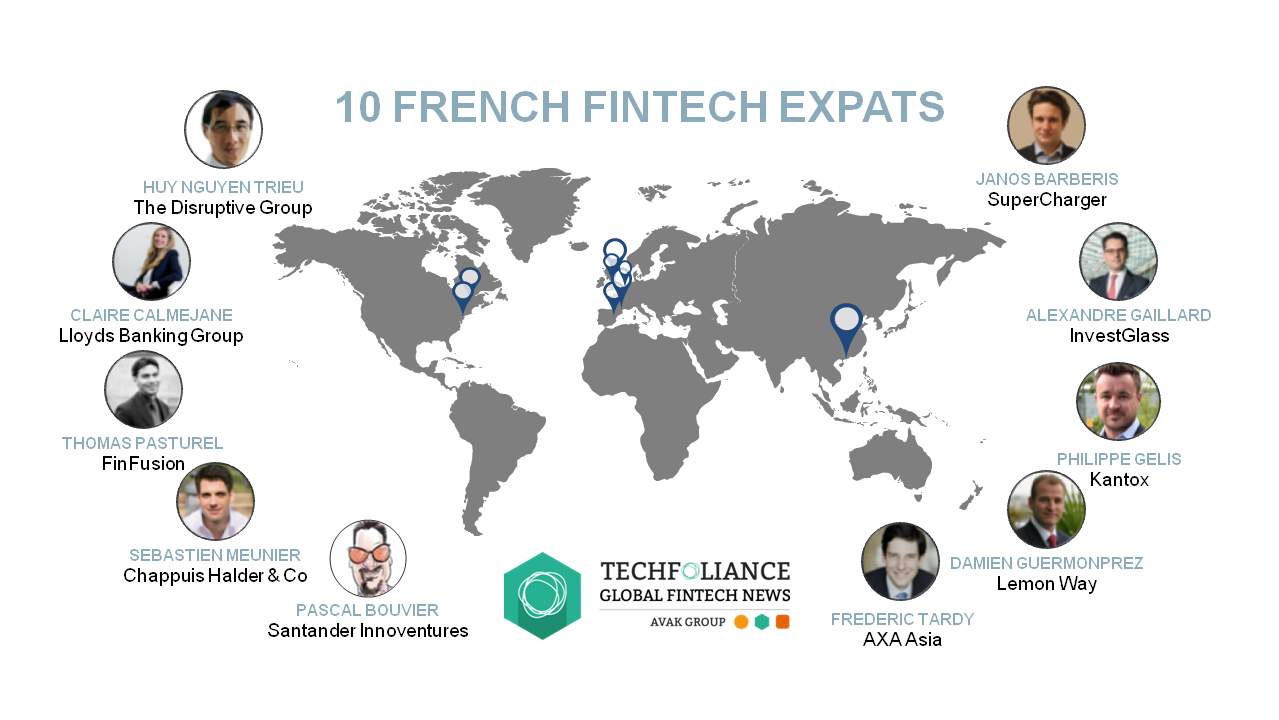
Techfoliance is back on the road to meet Fintech actors across the world. We want to highlight emerging trends to better understand the future of finance. In the spotlight: Lithuania.
Lithuania now position itself as an alternative choice for those considering entry to the European market, diversifying the risk of accessing the single market after BREXIT and FinTech start-ups.
Key figures
The number of potential “Digital Payments” users is expected to amount to 1.9m by 2020.
Transaction Value in the “FinTech” market amounts to US$1,182m in 2016.
The Bank of Lithuania is to grant a license for a specialised bank within 6 months after submission of all required documents (maximum terms 12 months).
Easy set up of companies; Lithuania is #1 in Technological Readiness in the CEE; nearly 100% proficiency in English among young professionals.
The passporting notification procedures executed via the Bank of Lithuania might take 1 (for exercising the freedom to provide services) or 3 months (for establishment of branches in other EEA member state).
Population: 2,9 million people.
Legal and regulatory framework for Fintech in Lithuania
Payments and e-money licensing (article #1):
• Fast licensing – payments and e-money license in 3 months
• Sandbox – no regulatory sanctions for start-ups during their first year of operation
• All payment and e-money institutions located in Lithuania can allocate their own IBAN numbers and access to SEPA payments
• Instant payments (SEPA-MMS) to be implemented under the National Payments Strategy by the end of 2017
New framework for specialised banks (article #2):
• A new framework for so called specialised banks to be effective as of January 2017
• Specialised banks will be eligible to the EU passport and require only 1 million EUR initial capital
P2P and crowdfunding regulation (article #3):
• P2P regulation is in place
• The Law on Crowdfunding will come into effect as of December 2016
• Remote client verification is allowed as of November 2016














